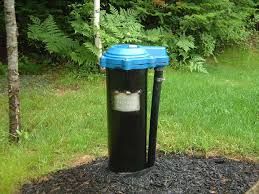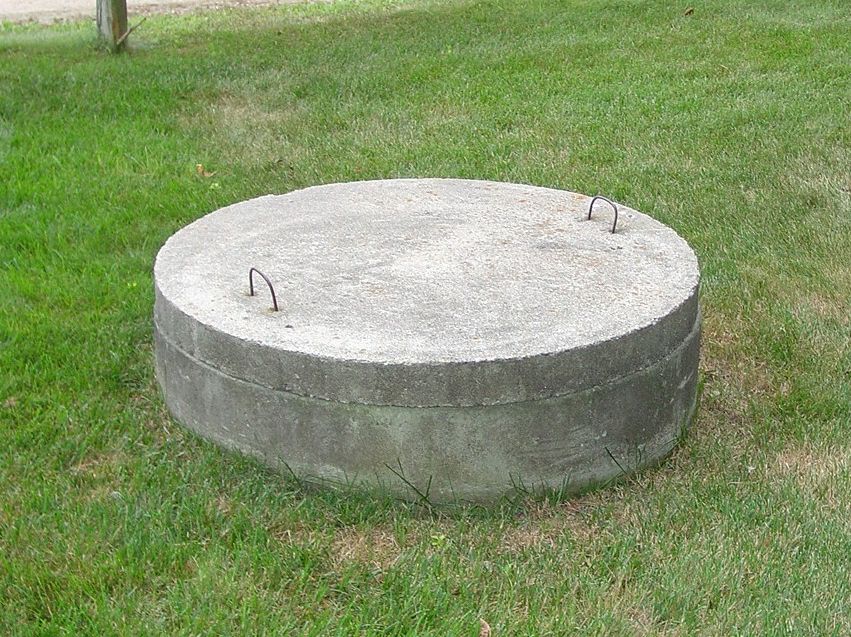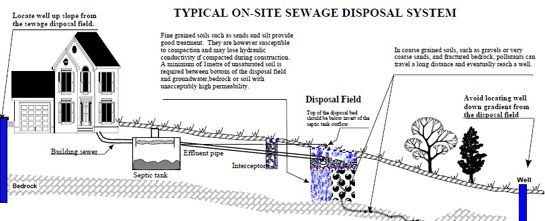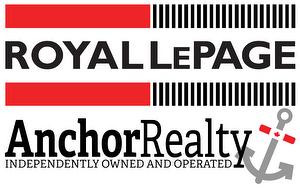


What you should know about buying a house in Nova Scotia with a well and septic
Buying a home with well and septic systems in the Nova Scotia
If you buy a property with a large country lot you are likely going to have a well and a septic. There are a few exceptions to this. A few subdivisions with large lots have municipal water but also have septic systems. A few more have wells but have municipal sewer. However by far the most common situation is you have both a well and a septic system. Below is a brief description of well and septic and how they are tested during a typical real estate sale in Halifax Regional Municipality (HRM)
Drilled well versus dug well
The two most common well types we see are drilled wells and dug wells. The vast majority of wells we encounter are drilled wells. In some of older subdivisions with older homes dug wells are more common but overall dug wells are nowhere near as common as drilled wells.
Drilled wells are wells that are created by drilling into the ground until an adequate
 water supply is found. They can vary in depth from 100 to 600 ft or even deeper with the average being 300 ft or lower . Dug wells are shallow wells and can be as shallow as 10 feet. A dug well depends on the quantity of surface water as a result of rain, snow and ice. A drilled well is supplied by water sources beneath the earth’s surface in the formation and gravel beds that have been existent for many years.
water supply is found. They can vary in depth from 100 to 600 ft or even deeper with the average being 300 ft or lower . Dug wells are shallow wells and can be as shallow as 10 feet. A dug well depends on the quantity of surface water as a result of rain, snow and ice. A drilled well is supplied by water sources beneath the earth’s surface in the formation and gravel beds that have been existent for many years.  Dug wells go dry far more often than drilled wells and because of this drilled wells are considered to be much superior to a dug well. All new homes that we deal with have drilled wells.
Dug wells go dry far more often than drilled wells and because of this drilled wells are considered to be much superior to a dug well. All new homes that we deal with have drilled wells.The MLS listing sheet will specify whether the home has a drilled or dug well. The owner will also specify the type of well in the Property Disclosure Statement (PDS) they fill out when they list. When you are viewing a property you can often tell if the property has a drilled well or dug well, although you still need to confirm in other ways. A drilled well will have a pipe coming out of the ground with a cap on top, often blue but not always. A dug well will most often have a concrete circular structure on top of the ground.
Water Tests You Should Consider When Buying a Home
When you purchase a property you test for water quality and quantity. There are several companies that complete these tests for a fee. Testing for quality just involves having water taken from the tap and then having the sample brought to a lab where they would test for a variety of things. If you are getting a mortgage the lender requires you test for bacteria, arsenic and uranium. You can and should test for much more. We always suggest getting a full chemistry test completed as part of the sale but we would discuss this with you and you will decide.
Testing for quantity means that you are testing to see that the well provides enough water for your needs. This test for this is called a Flow Test. A Flow Test is completed by running an outside tap for usually an hour and then calculating how long it takes the well to recover. The tester will use a special measuring tape to measure the depth of the water every so often, usually 5 minutes or so. They do this for a couple of hours. At the end of the test they can determine how much water the well is producing and based on guidelines set by the province they can advise whether the well meets your family`s needs.
We can arrange for all these tests on your behalf.
Septic Systems
A septic system is simply an on-site sewage disposal system. If there is no municipal sewer in the area then this is the only option for waste removal.
There are many different types of septic systems and configurations. The most common that we see is a septic system that has a tank underground close to the house, usually concrete. This tank is attached to a pipe that runs into a septic/disposal field which is made up of pipes and different types of soil. See the drawing below.

Septic Tests You Should Consider When Buying a Home
Septic systems can be tested to ensure they are working properly. There are several companies that complete septic tests for buyers.
Different companies test in different ways. The test can include some or all of flushing dye down the toilet, a walk around the septic field to look for leaks, putting a camera from the house to the septic tank, putting a camera from the tank to the septic field. We can recommend a good septic testing company for you.
Costs of Well and Septic Tests
The costs are always changing but at the time this document was created and assuming you hire someone to professionally complete the tests the costs would be approximately the following:
Water quality - Bacteria and full chemistry (including testers fees) - $325
Flow Test - $350
Septic Test - $300
On average count on $1000-$1200 to complete all the well and septic tests you need.

